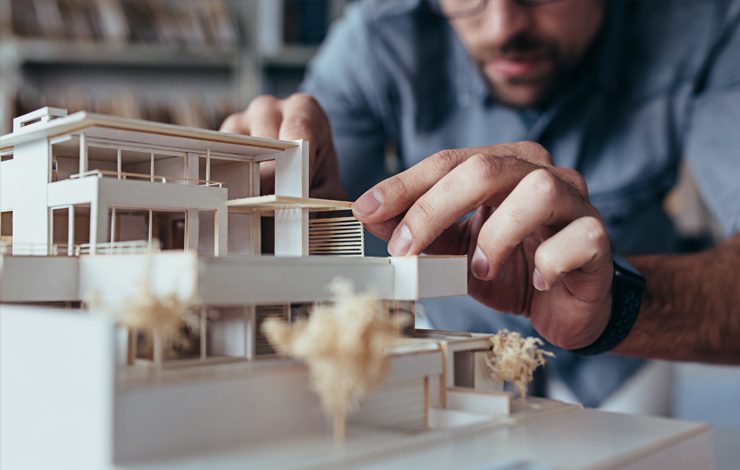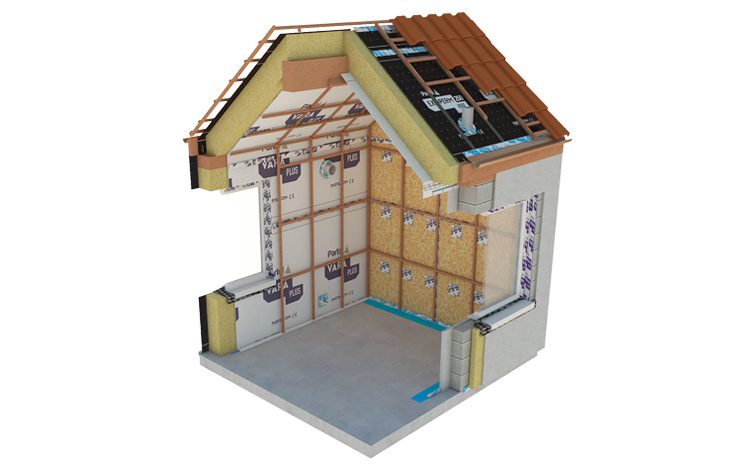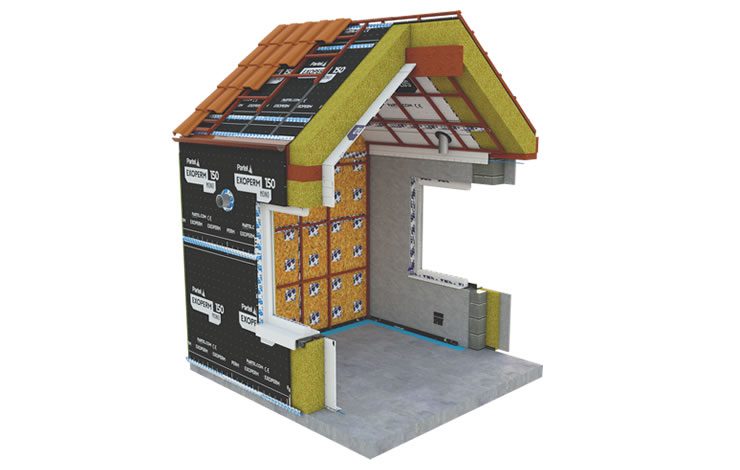Building Physics
It is becoming more apparent that no single technology can alone reach the enormous expectations of the building physics function in today’s construction industry. Integrated, multi-functional solutions are necessary in optimising airtightness, windtightness and air quality. Knowledge of building physics is not solely limited to the design process; it should exist equally in the construction process in addition to the operation and maintenance of buildings going forward.
We at Partel encourage energy efficient building and promote the use of greener solutions at each stage of construction. We strive to produce and supply high performance innovative systems that can change how we build within the green building industry.
Temperature, light and sound are among the physical factors of the environment in buildings where a long and active again. Therefore, a temperature has significant impact on working and resting, ultimately the health of users of building. Nowadays people spend most of their time indoors.
According to WHO (World Health Organization), it is up to 90%. The design and construction of buildings is to create an environment whose parameters should be for humans:
– More favorable than the state of the natural environment outdoors.
– Construction and building protects us: in contrast, allows productions.
- from extremes of temperature
- moisture
- excessive noise

ACHIEVING AIRTIGHTNESS
In simple terms, the airtightness of a building is defined by the level of airflow that exists through fractures and gaps in the building structure. This can occur where building elements meet and where the continuity of insulation is broken resulting in heat loss and condensation. Air leakage allows warm air to transfer through the building reducing the effectiveness of insulation materials and in turn causing general deterioration of the building. Airtightness is achieved when even the minute of leakages is eliminated thereby significantly reducing heat loss and protecting the building from other associated damage.
There are many unwanted side effects to heat loss and air leakage. Mould can develop within the building, internal and surface condensation can occur, there can be various degrees of discomfort for the homeowner, and overall, deterioration of the building structure.
Airtightness is, therefore, a critical consideration at all stages of design and construction in order to combat these issues.
With the current level of energy consumption, the colossal level of carbon dioxide emissions, and the accelerated rate at which it is expected to increase over the next decade, we must pursue a more energy-efficient approach to building. In recent years, enhanced building and insulation standards have been introduced to improve energy efficiency by reducing the overall heat and ventilation loss from buildings. The fact remains that climate change is occurring and with it comes more extreme weather conditions – storms, intense heat, cold spells and increased rainfall placing more pressure on buildings. It is therefore important to analyse these conditions to ensure that buildings, both existing and new, can endure such conditions into the future.
We at Partel offer high-performance airtightness products along with specialist advice to ensure our customers reach optimum airtightness. This is achieved by successfully establishing a continuous air-resistant layer around the inside of the building, sealing the inside from the outside. Our airtight membranes are designed to eliminate up to 90% of water vapour therefore allowing the construction to dry sufficiently avoiding water retention. Our brands of air vapour control layers include VARA PLUS (High performance intelligent airtight layer), IZOPERM PLUS (High performance intelligent airtight layer) and ECHOFOIL IZO.
Get Expert Advice about designing and building a durable, nearly zero energy building


